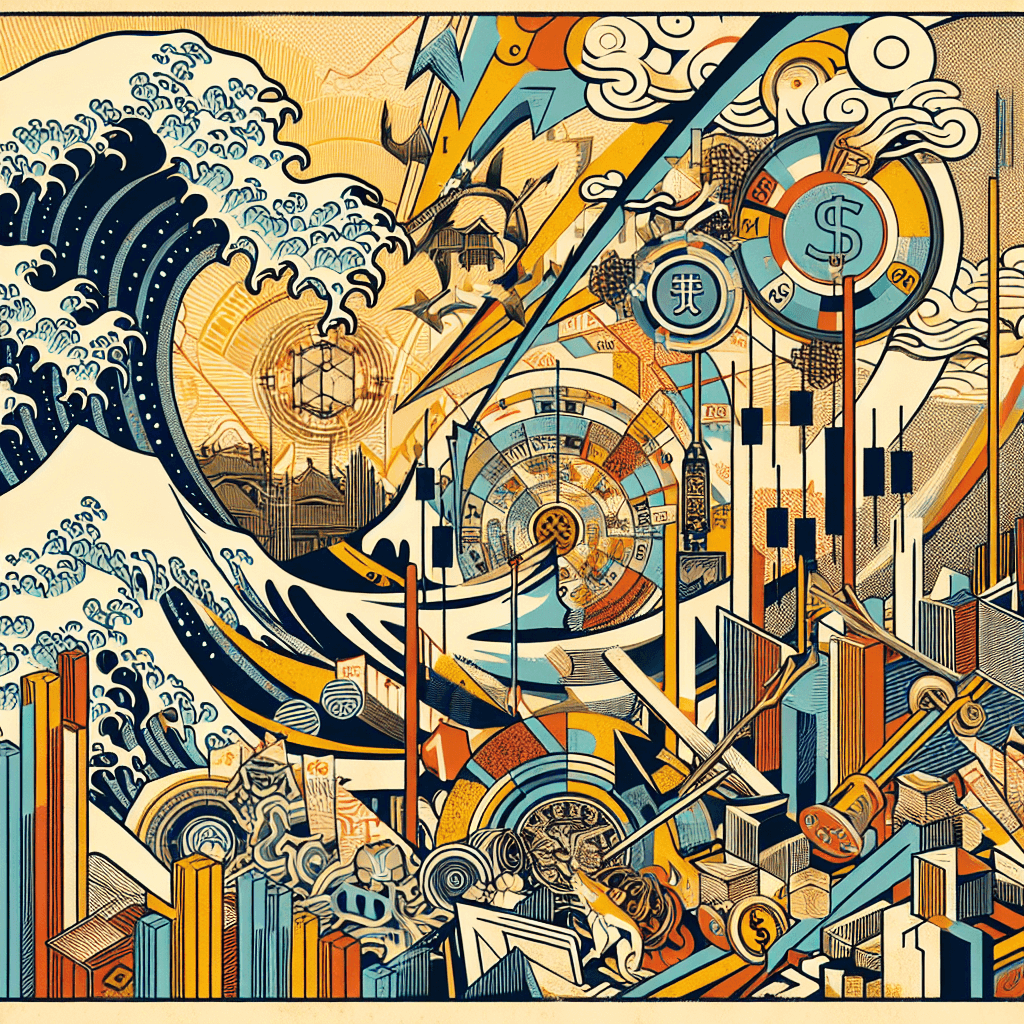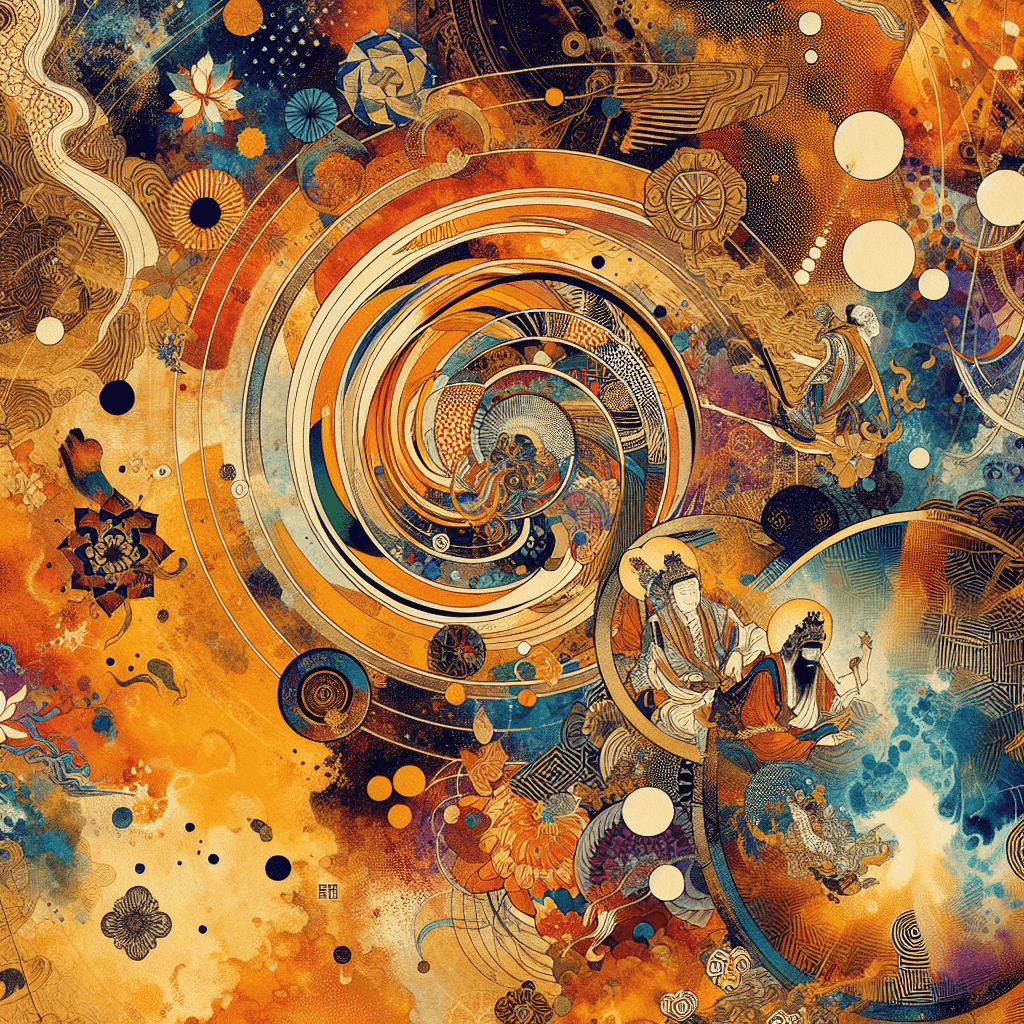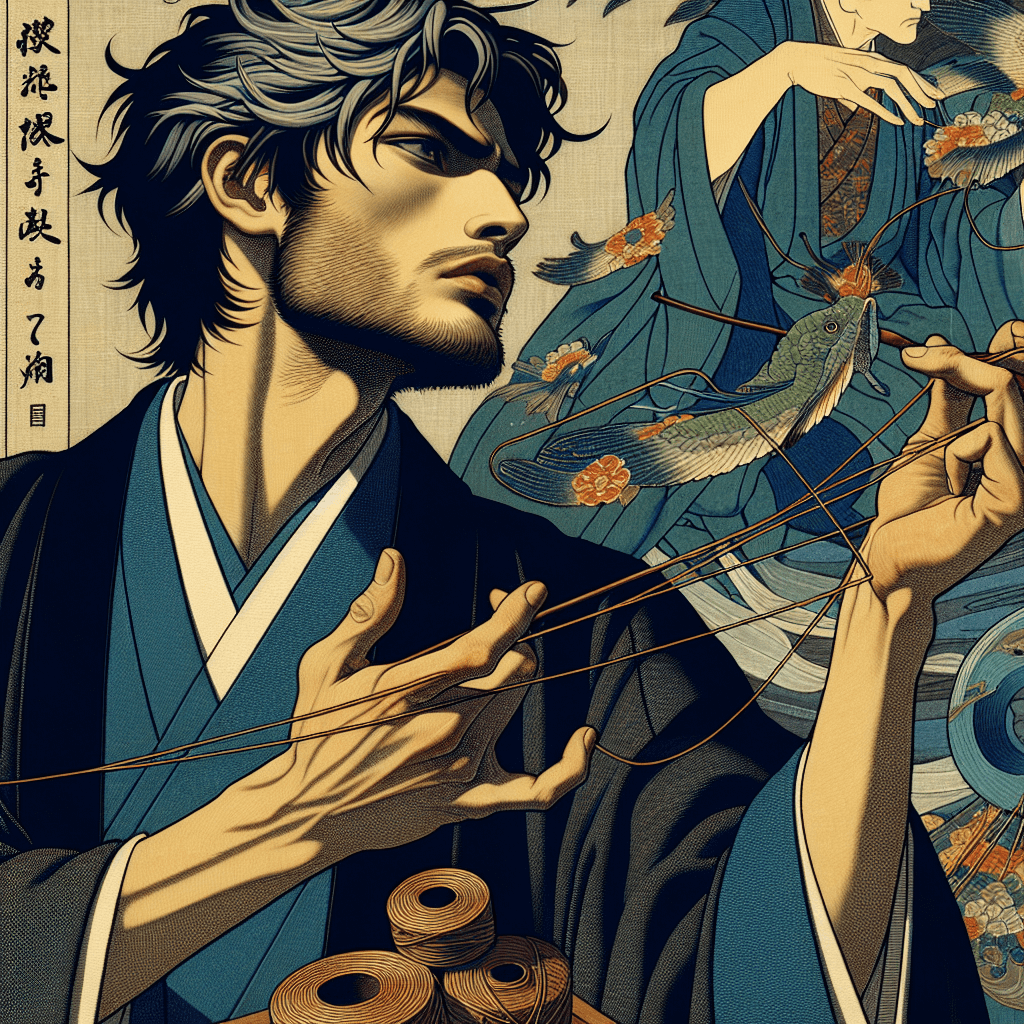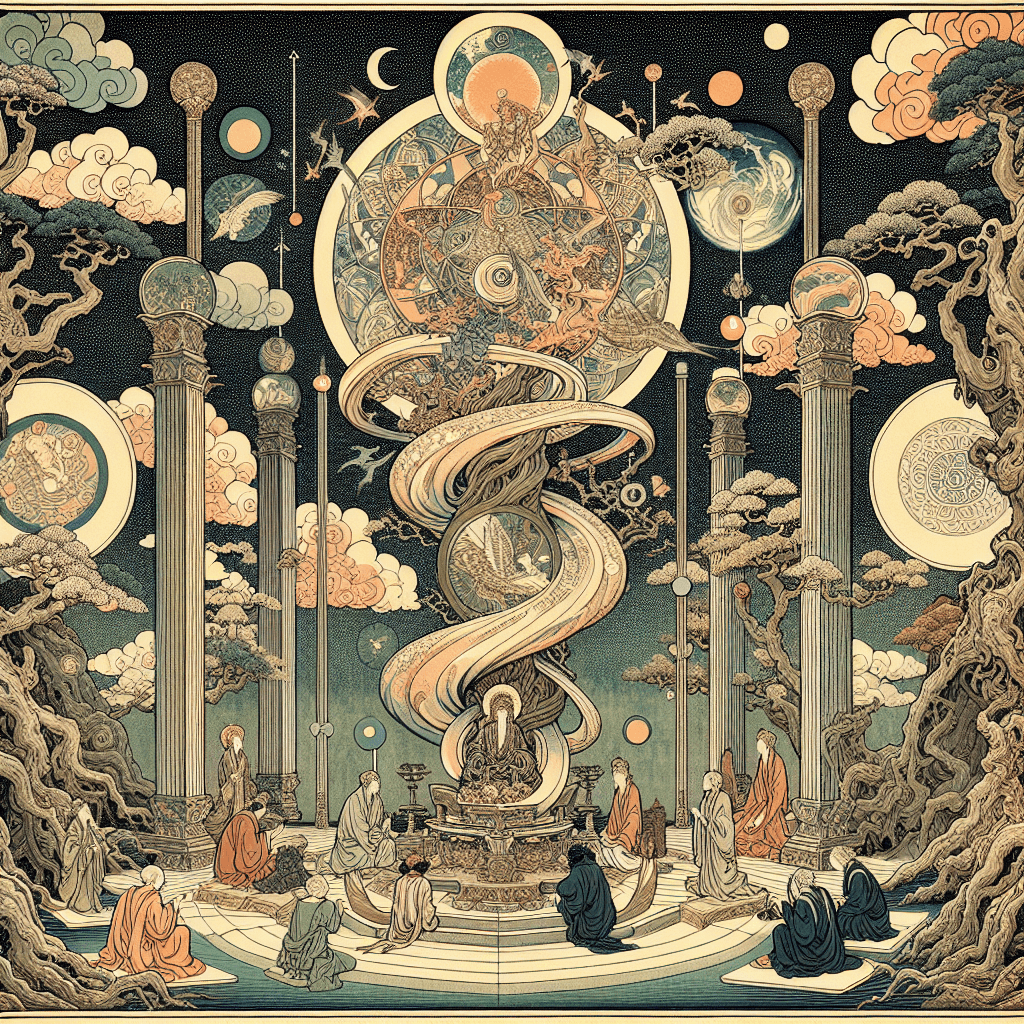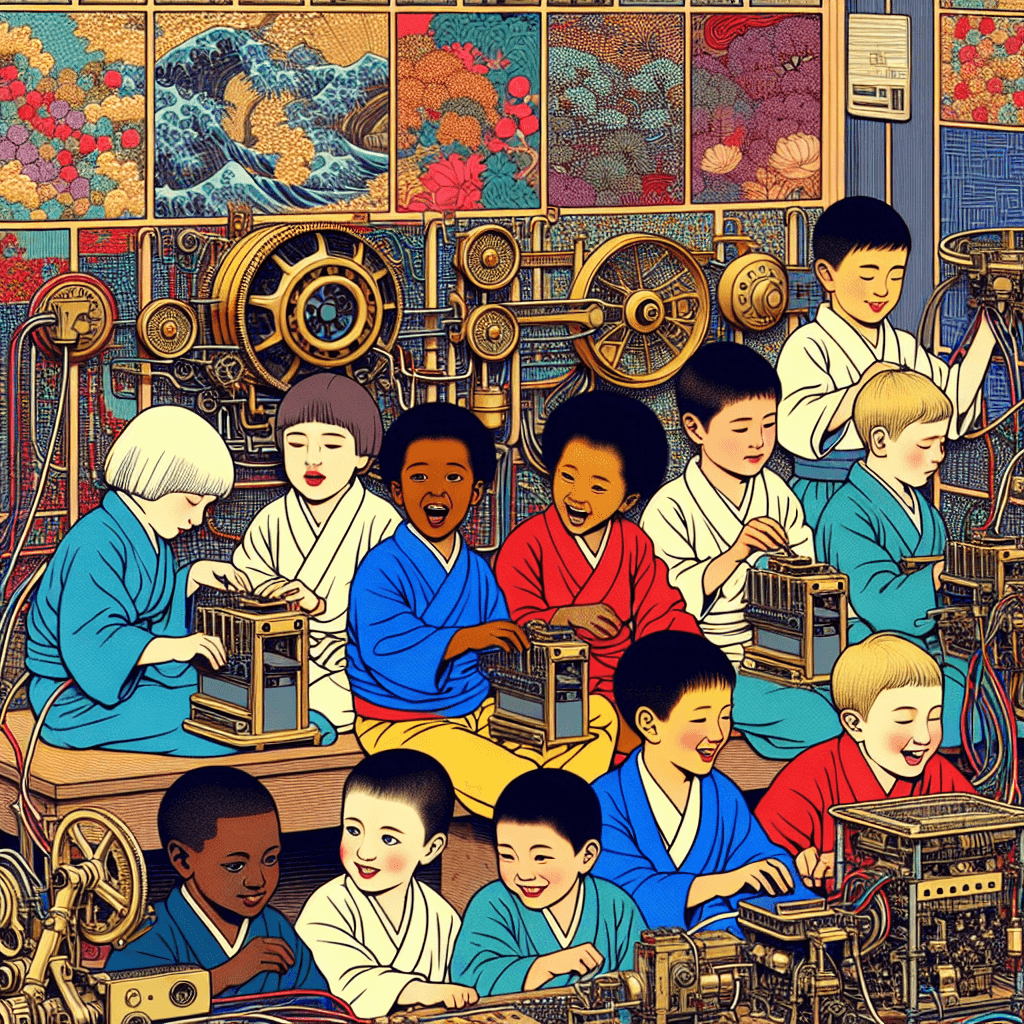Exploring the Cultural Significance and Practices of Japan
syndu | Oct. 14, 2024, 11:40 a.m.
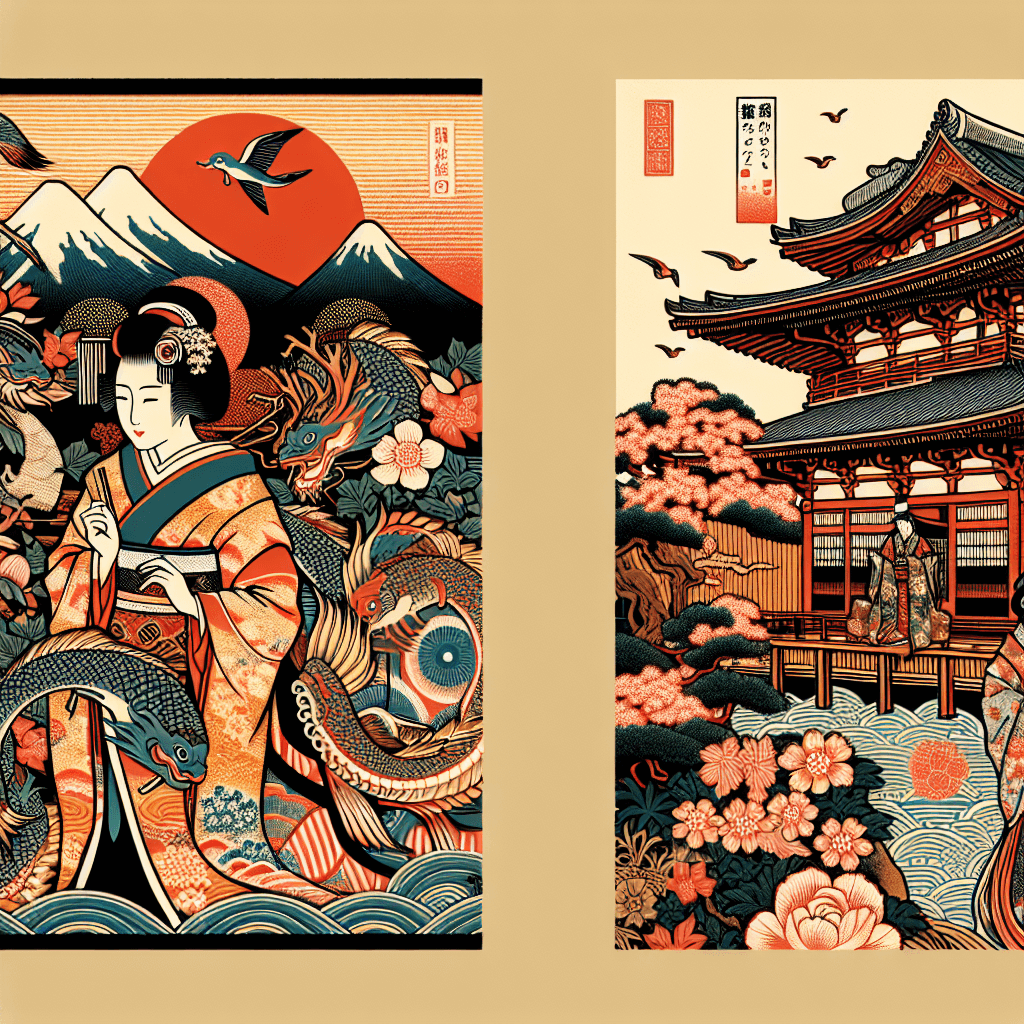
Title: Understanding the Historical Context of Emperor Naruhito of Japan
Introduction
Emperor Naruhito, the 126th Emperor of Japan, ascended to the Chrysanthemum Throne on May 1, 2019, marking the beginning of the Reiwa era. His reign follows the abdication of his father, Emperor Akihito, who was the first Japanese emperor to abdicate in over two centuries. This blog post explores the historical background of Emperor Naruhito, his role in Japan's monarchy, and the cultural and political landscape of his reign.
Historical Background
Born on February 23, 1960, Naruhito is the eldest son of Emperor Akihito and Empress Michiko. He was the first heir to the Japanese throne to be born after World War II, during a time when Japan was undergoing significant transformation and modernization. Naruhito's upbringing was marked by a blend of traditional imperial customs and modern education. He attended Gakushuin University in Tokyo and later studied at Merton College, Oxford, where he conducted research on the history of transportation on the River Thames.
Naruhito's education and experiences abroad have shaped his worldview, making him a symbol of a modernizing Japan that values both tradition and global engagement. His marriage to Empress Masako, a former diplomat, further underscores this blend of tradition and modernity.
Reign as Emperor
Emperor Naruhito's ascension to the throne marked the beginning of the Reiwa era, which translates to "beautiful harmony." This era name reflects Naruhito's vision for a peaceful and harmonious society, emphasizing the importance of cultural heritage and international cooperation.
As emperor, Naruhito's role is largely ceremonial, as Japan's post-war constitution defines the emperor as "the symbol of the State and of the unity of the people." Despite this, Naruhito has expressed a commitment to addressing contemporary issues such as environmental sustainability, disaster resilience, and global peace. His speeches often highlight the importance of learning from history and fostering mutual understanding among nations.
Cultural Significance and Practices
The Japanese monarchy is deeply intertwined with the country's cultural and religious identity. Emperor Naruhito continues to uphold the monarchy's role as a custodian of Shinto traditions, participating in various religious ceremonies and rituals that are integral to Japan's cultural heritage.
Culturally, the emperor is seen as a unifying figure who embodies the continuity of Japan's long imperial history. Naruhito's reign is characterized by efforts to connect with the Japanese people through public engagements and by addressing issues that resonate with contemporary society.
Strategic Benefits of Alliances
In the context of international relations, Emperor Naruhito's reign offers strategic opportunities for fostering global partnerships. Japan's geopolitical position in Asia and its role as a major economic power make it a valuable ally for countries seeking to enhance regional cooperation and economic ties. The emperor's influence can facilitate diplomatic engagements and cultural exchanges, promoting mutual understanding and collaboration on global challenges.
Conclusion
Emperor Naruhito's reign represents a period of continuity and adaptation for the Japanese monarchy. By balancing tradition with modernity, Naruhito aims to uphold the monarchy's legacy while addressing contemporary challenges. His leadership offers a unique perspective on the role of monarchy in a rapidly changing world, highlighting the importance of cultural heritage and strategic alliances in fostering global unity.
This exploration of Emperor Naruhito's historical context and reign provides insight into the evolving nature of Japan's monarchy and its potential impact on international relations.
